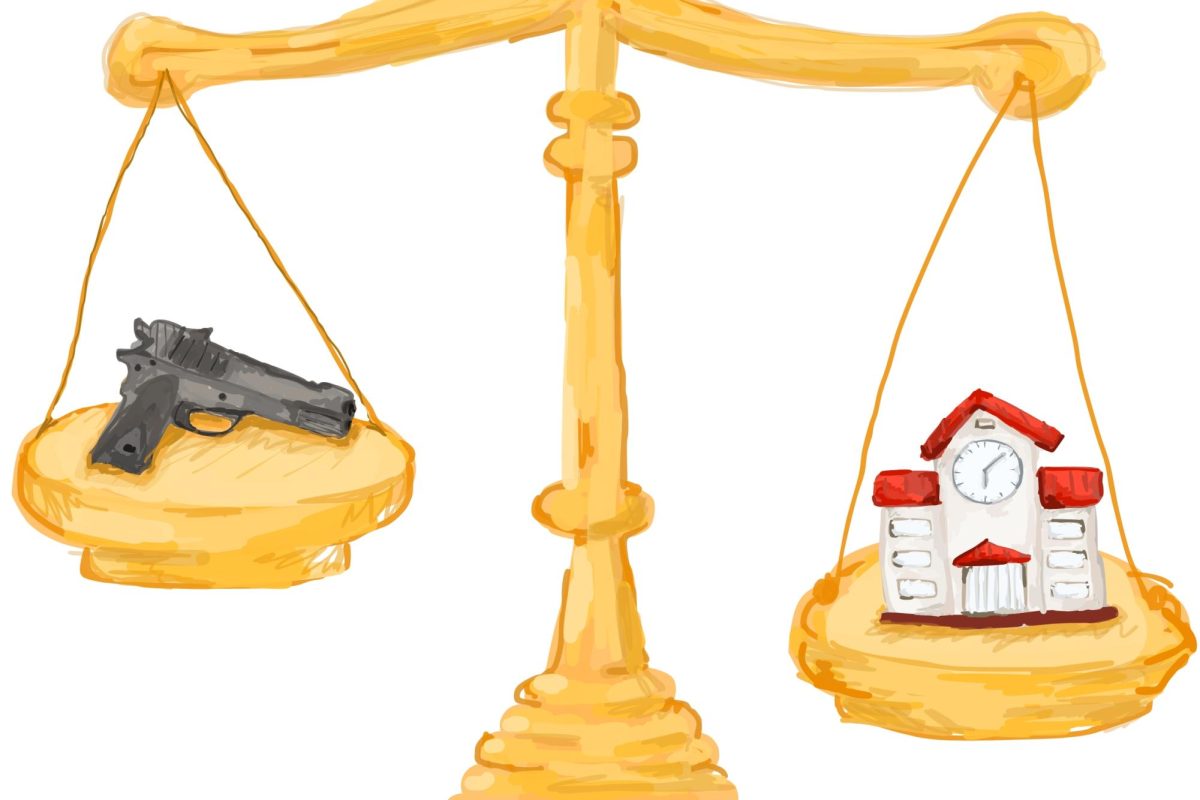A friend of mine recently had her house converted into a minimalist structure. Although both her and her family thought it was beautiful, she felt strangely empty, without many of the comfortable aspects that made her home hers. The bare walls that used to be covered with pictures of her younger self now felt cold and lifeless. In recent years, this lifestyle has taken over the lives of many, influencing all aspects including buildings, clothes, living interior, and even some cars. It is evident that many aim to bring the quote “less is more” to life. However, minimalism can be too intense at times with negative effects.
To begin, minimalism often neglects bright colors and instead replaces them with beiges and whites. Especially in houses with young children, this no-color design can be harmful to their growing minds. Colors are essential, and have a significant impact on a child’s development. They influence emotions and aid in cognitive evolution to improve the ability to think and reason. A lack of this in a child’s environment can have several unfavorable outcomes, including loss of social interactions, creativity, and sensory stimulation. This trend takes away from their growth and destroys their future purely for aesthetics. Bright shades in a child’s playroom are needed to ensure effective buildup of necessary skills; bolstering of visual communication, improving learning experiences, and impacting psychological behavior.
Children are not the only group affected by minimalism. Teens and adults face similar consequences as well. Strict minimalism approaches lead to emotional attachment as they let go of meaningful possessions, creating a sense of isolation. When choosing what to keep and what to throw out, individuals prioritize experience over things, calling for a deeper emotional connection with memories. They would most likely choose to not throw it out if an important memory is tied to that object. This, however, directly conflicts with the idea of minimalism, which encourages disposing of items even if they’re important.
It also creates an unnecessary pressure of confining to a certain aesthetic to please the eye. This leads to stress about interior designs that could easily be avoided, and makes shopping for the right pieces much more difficult. In addition, minimalistic environments often produce a boring, insignificant look. People living by this lifestyle sometimes feel uninspired and lack motivation.
“I like minimalism, but I feel like it’s too much sometimes,” said freshman Emily Kiang. “It feels like it needs more color, and I heard that having too much white can cause anxiety, and minimalism is all white.”
A strong example of minimalism can be seen with cars as well. In 2023, the Tesla Cybertruck entered production as customers got the first look at the new vehicle. The first thing many noticed was the extreme futuristic design that abolished many well known aspects of normal cars. The lever used to indicate whether a car was turning right or left is now a button, with other minimal controls on the steering wheel.
Another instance of this can be seen on the popular growing app, TikTok, where content creators are facing backlash for their way of raising kids by only buying toys in muted colors, dress their children in muted colors, and wrap presents in muted colors. These creators are known as “beige moms”. TikTok creator @Nattie | new mom & lifestyle shared a video last December, where she was seen painting over her kid’s toy Christmas tree. The bright colors and golden star were replaced with neutral tones and a gray star, sparking numerous debates about her ways of raising children.
“I work in children’s developmental research and they need color so bad,” said user @Megs on TikTok. User @Amy Tingskou added, “I’m so glad you put your needs first.”
Intense minimalism can be appealing and give off a clean aesthetic, but it can also do just as much harm as good. Although this design is elegant and fresh, it is also a cause for laziness and the feeling of loneliness in teens and adults. Over the years, minimalistic styles will continue to spread as aesthetics become more and more important, even with all its negative aspects. It should aim to be diminished by addressing the conditions that convinced society to embrace minimalism.







